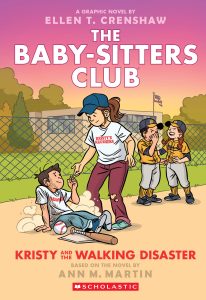 If you’ve been following our coverage here at Comics Beat, you already know that The Baby-sitters Club novels by Ann M. Martin are being adapted into graphic novels by a roster of top-tier cartoonists. And the 16th book to be adapted, The Baby-sitters Club: Kristy and the Walking Disaster by Ellen T. Crenshaw, is available now at your local bookstore and/or public library.
If you’ve been following our coverage here at Comics Beat, you already know that The Baby-sitters Club novels by Ann M. Martin are being adapted into graphic novels by a roster of top-tier cartoonists. And the 16th book to be adapted, The Baby-sitters Club: Kristy and the Walking Disaster by Ellen T. Crenshaw, is available now at your local bookstore and/or public library.
To learn more about Kristy and the Walking Disaster, The Beat caught up with Crenshaw over email. We asked all about her personal history with The Baby-sitters Club, about the impressive panel layouts she uses to depict the action of a softball game and about how her parents supported her in her chosen career path as an artist.
AVERY KAPLAN: Do you have a personal history with The Baby-sitters Club?
ELLEN T. CRENSHAW: Yes, I do! Growing up in the early ‘90s, I read my older sister Erin’s hand-me-downs of the original series by Martin. We were also fans of the tv show on PBS (long before the one on Netflix, which is also very good!).
KAPLAN: How did you originally come to be involved in the Graphix adaptations of The Baby-sitters Club?
CRENSHAW: About a year after my first graphic novel came out—Kiss Number 8 with Colleen AF Venable—and while I was working on my next book—a Who HQ graphic novel about an artist at the Battle of Gettysburg—I was invited to try out for the series.
I created character designs and provided a few pages showing how I would adapt the original text of Stacey’s Mistake into the medium of comics. After a few rounds of revisions, my work went up the editorial chain all the way to Martin. I must have done something right, because I’m working on my third BSC book now with a fourth in the future!
KAPLAN: In Kristy and the Walking Disaster, Kristy starts a softball team: Kristy’s Krushers! Do you have any experience with softball and/or other sports? How did this experience (or lack thereof) inform your work on the adaptation? (I am more like Claudia, checking her nails in the stands).
CRENSHAW: Ha! I’m in a similar boat, except I’m in the playground behind the softball field, balancing on the roots of a big tree and imagining I’m on a grand adventure. I know this from experience, because it was my aforementioned sister, Erin, who played softball and whose games I attended with our mother.
Erin was a godsend for this particular adaptation. Not only did she know the game and the original books, but back in the day she also had a Deaf teammate, just like Matt Braddock. I called her whenever I had a rules question about softball, so the scene where Kristy fields a million phone calls from the Krushers is based on real life!
Fun fact: while it was in the original book that 2-year old Gabbie Perkins played with a wiffle ball, it was Erin’s idea that she should have a pinch runner in the big game.
 Crenshaw. Headshot credit: Scott Murry.
Crenshaw. Headshot credit: Scott Murry.KAPLAN: One thing readers may notice about Kristy and the Walking Disaster is how the panel layouts differ during sports action scenes. Can you tell us about how you approached these dynamic, story-emphasizing layouts? What goes into depicting movement in a static medium like sequential graphic narrative?
CRENSHAW: I could spend the entire interview answering this question alone! There’s a great video essay by Patrick H. Willems about why baseball is the best movie sport, narratively and visually. I think this applies to comics as well!
Baseball—and by extension, softball—is visually dynamic by the players’ layout on a diamond, and narratively dynamic by the players’ individual roles on the team. There’s great dramatic interplay between the pitcher and the batter, for instance, but neither can function without the rest of the players.
When I was tasked with adapting a softball story, I knew I would need help as I didn’t have very much experience in the genre of sports comics. Luckily I’ve always been a big fan of baseball movies like The Sandlot and A League of Their Own, so I returned to those old favorites to get a sense of their narrative structure and scene composition. I sought out the best examples of baseball/softball comics, and stumbled upon Cross Game by Mitsuru Adachi at my local library. This series in particular was hugely inspirational—not only for its depiction of the game, but also for the characters, slow narrative burn, and emotional payoffs. I kept copies of the books by my side throughout the process from thumbnails to inks.
As for those page layouts: it was important for me to emphasize the bursts of activity that happen in a softball game, usually after moments of quiet. Showing action in a static medium is all about contrasting stillness with movement. So the majority of the panels are laid out on an x-y axis, until the characters leap into action and suddenly the page is designed on diagonals, with the characters breaking out of the constraints of the panel borders. I also try to keep the action moving in the direction of the reader—in the case of an American comic, right to left—to build momentum and maintain the energy in the direction of page turns. (Of course there are exceptions to this, particularly because the runners on a baseball field are effectively going in a circle, so they may backtrack or criss-cross each other.) I’m always thinking about the relationship between the comic and the reader; it’s a very participatory medium!
My work is generally known for dramatic gestures and facial expressions. As a lover of animation, I make a point to infuse as much movement into my characters as possible—even when I’m merely depicting a dialogue scene. I imagine that everyone is on a stage, and they’re playing to the cheap seats. I relied on these instincts to translate the physicality of softball onto the page.
KAPLAN: This is your second BSC adaptation, after the previously released Stacey’s Mistake. How did adapting Kristy and the Walking Disaster differ — or alternatively, have you found a BSC adaptation groove?
CRENSHAW: With Stacey’s Mistake, I was more focused on familiarizing myself with the existing graphic novel series and adapting the original book as faithfully as possible (with the exception of a subplot about the unhoused community in Stacey’s neighborhood, which was revised to be about a community theater). The book is an outlier in the series as it’s the first that takes place entirely outside of Stoneybrook. I had to do a TON of research to depict real places in New York City.
By contrast, Kristy and the Walking Disaster is back in Stoneybrook, featuring a new location at the elementary school baseball field that I was able to design myself. There was still a lot of research to be done, especially for the usage of ASL, but I gave myself more freedom in the storytelling. With one BSC book under my belt, I felt more comfortable taking liberties with the adaptation and structuring the story to better fit a visual medium. I wanted to further emphasize Kristy’s growing relationship with her stepdad, Watson. I also wanted Bart to kiss Kristy! I feel I was really able to make this book my own, while still keeping the original story intact.
KAPLAN: Is there a particular BSC character you find especially relatable?
CRENSHAW: I like this question because it isn’t asking me for my FAVORITE character, which is a very different thing. I think the most relatable character to me is Mary Anne, for better and for worse. I can’t help but see myself in some of Mary Anne’s less positive traits; for instance, I can be very sensitive to criticism and I cry easily. But she’s also organized, smart, and caring, and I’d like to think I have some of that in me as well.
KAPLAN: You dedicated this adaptation to your parents for several reasons, including their support of your career as an artist. Especially for any parents with aspiring artist children who might be reading this, can you tell us a bit about how your parents supported you in this career path?
CRENSHAW: I’m so grateful to my parents. They saw my proclivity towards drawing and they did everything they could to nurture it. I never wanted for pencils and paper. They signed me up for watercolor classes at 7 years old. They encouraged me to audition for an arts magnet high school. They took out loans for my college tuition, which I didn’t assume myself until years after graduation.
I know these are financial privileges that many people don’t have, and I’m keenly aware of the position they’ve put me in for this career. But in addition to this kind of support, my parents always showed interest in the things I cared about. My dad read the newspaper comics with me every night when he got home from work. My mom taught me grammar and she watched my favorite cartoons with me. They read some of the books I read, and encouraged me to watch and read some of the things they liked, too.
They didn’t let me skate by without hard work or give me whatever I wanted. But they let me know that the things I liked were important to them, and that what I wanted to do was possible.
KAPLAN: In your creator bio it mentions that when you aren’t making comics, you enjoy video games. Do you have a current game (or games) you’re playing? Do you have an all-time favorite game?
CRENSHAW: My favorite game is always changing, but the game that made the biggest impact on me was Journey. It was the first video game I’d ever played that struck me as an artistic masterpiece, and I haven’t played anything quite as extraordinary since. Some other favorites of mine are Outer Wilds, the Dishonored series, Stardew Valley, and Return of the Obra Dinn. I just finished Lorelei and the Laser Eyes and right now I’m playing Life is Strange: Double Exposure.
KAPLAN: You are one of a growing roster of talented creators who have worked on the Graphix BSC adaptations. I’m curious if you all ever get together (including virtually) to discuss your respective projects?
CRENSHAW: I’ve only met a few of the other adaptors in person, but we do chat virtually. They’re such a kind and supportive group of folks! I love seeing everyone’s unique comic styles. It’s really great that Graphix encourages our individual voices in the adaptations.
The Baby-sitters Club: Kristy and the Walking Disaster is available now at your local bookstore and/or public library.



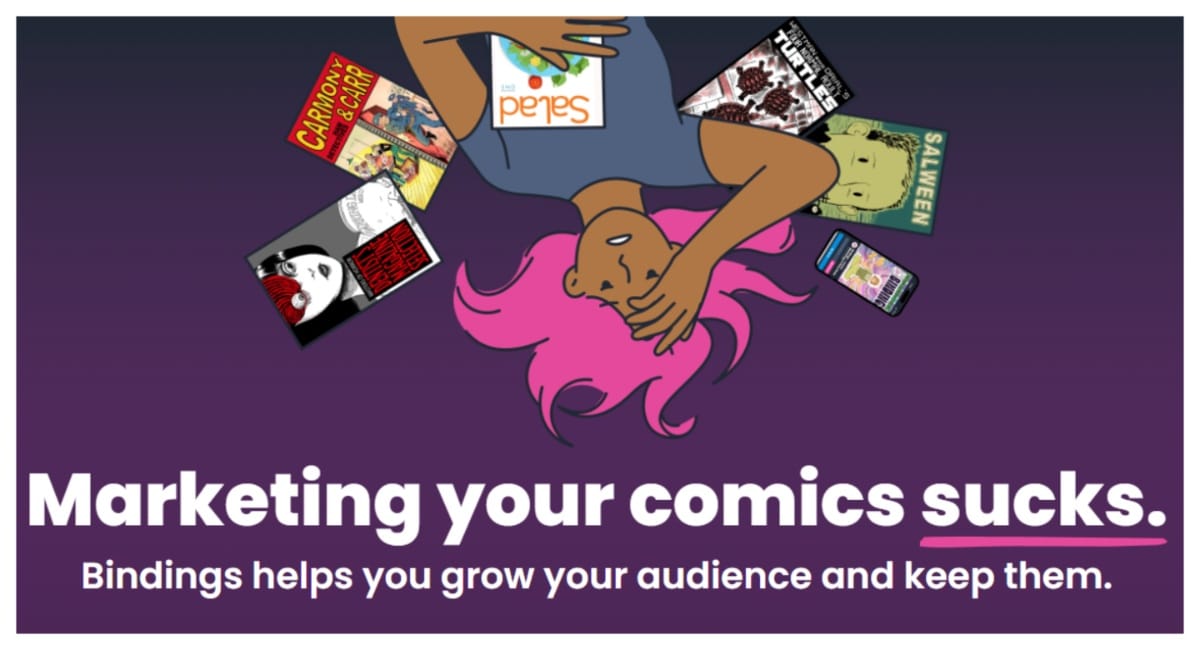
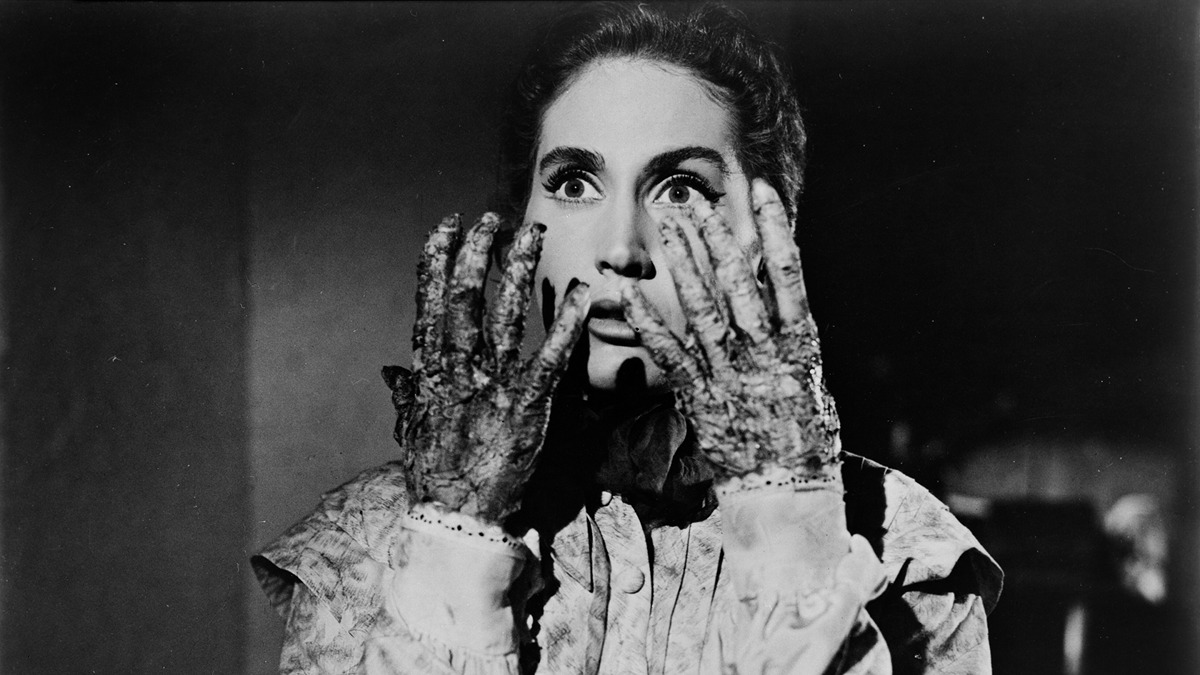
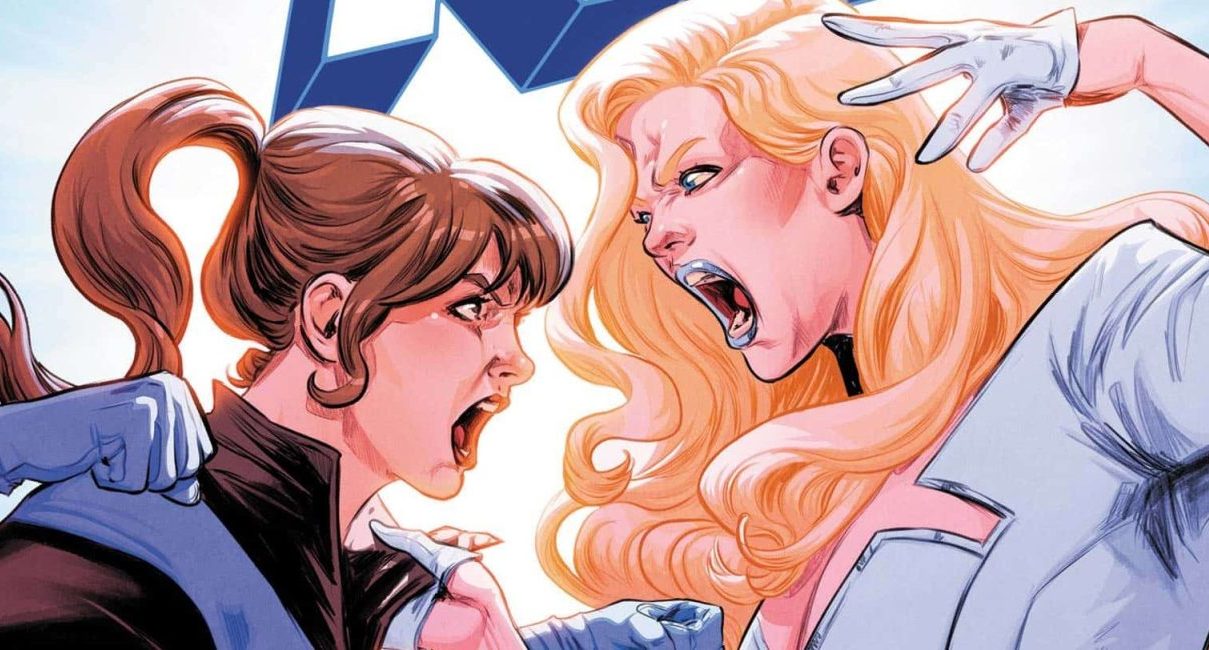
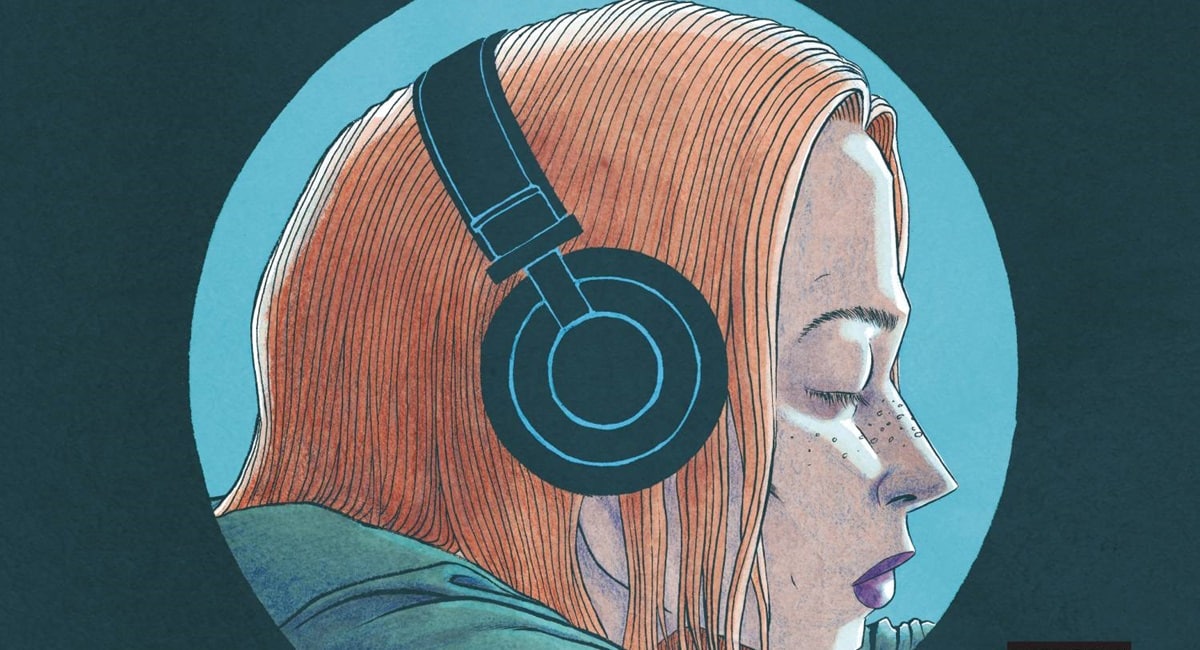
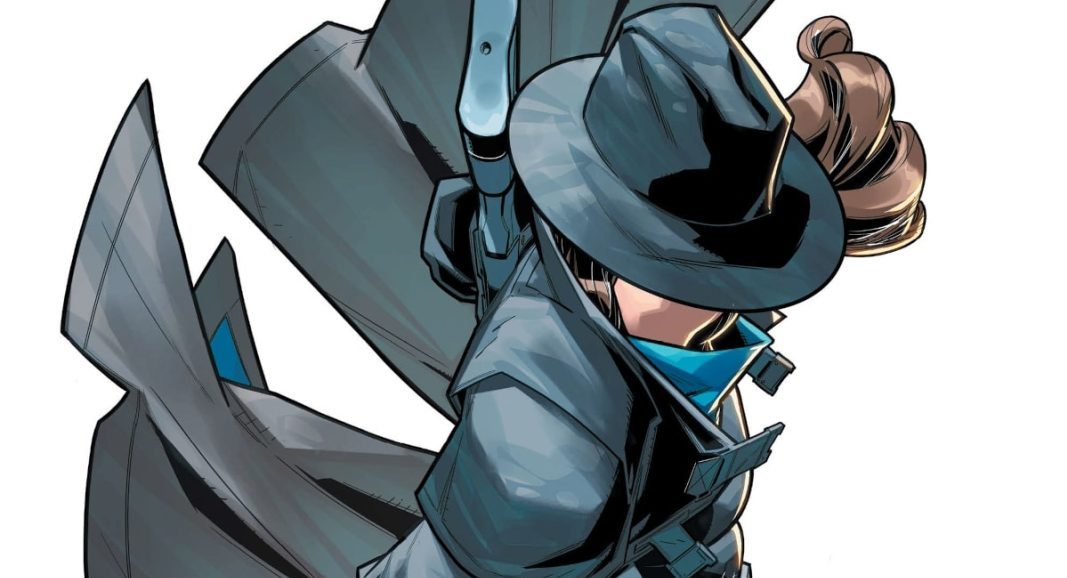
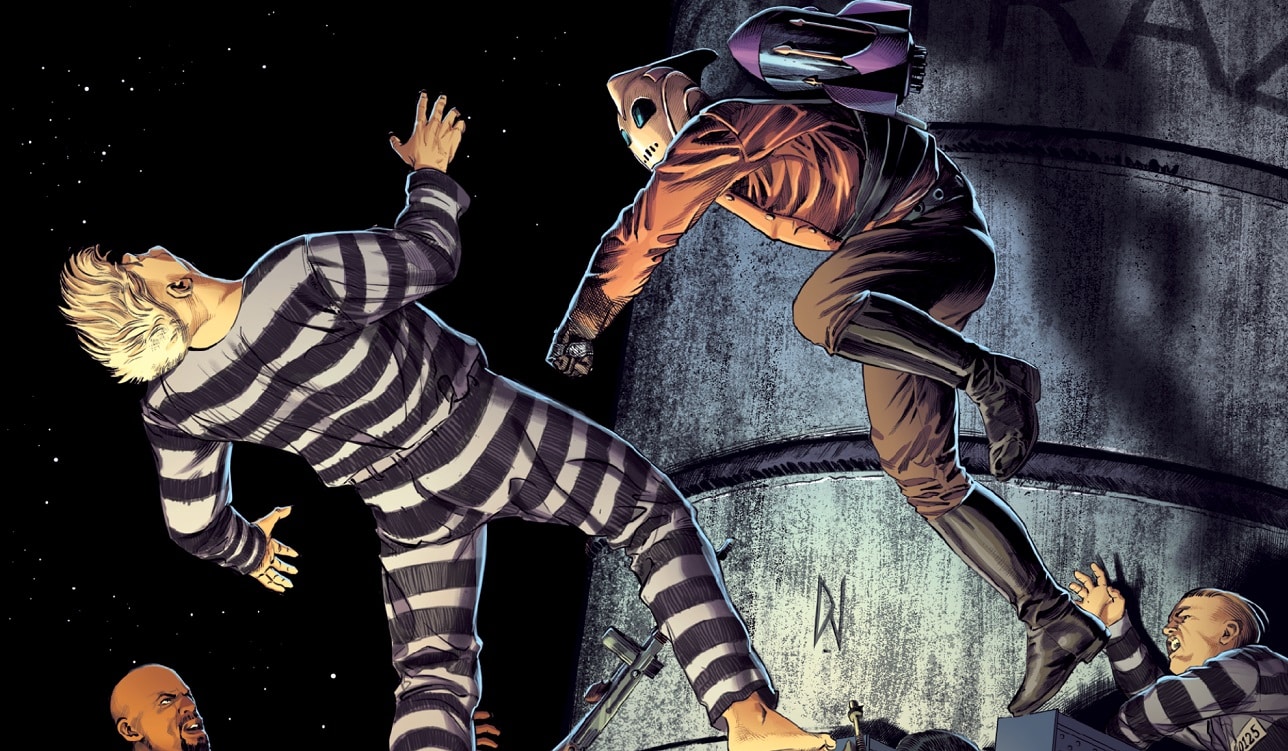












 English (US) ·
English (US) ·